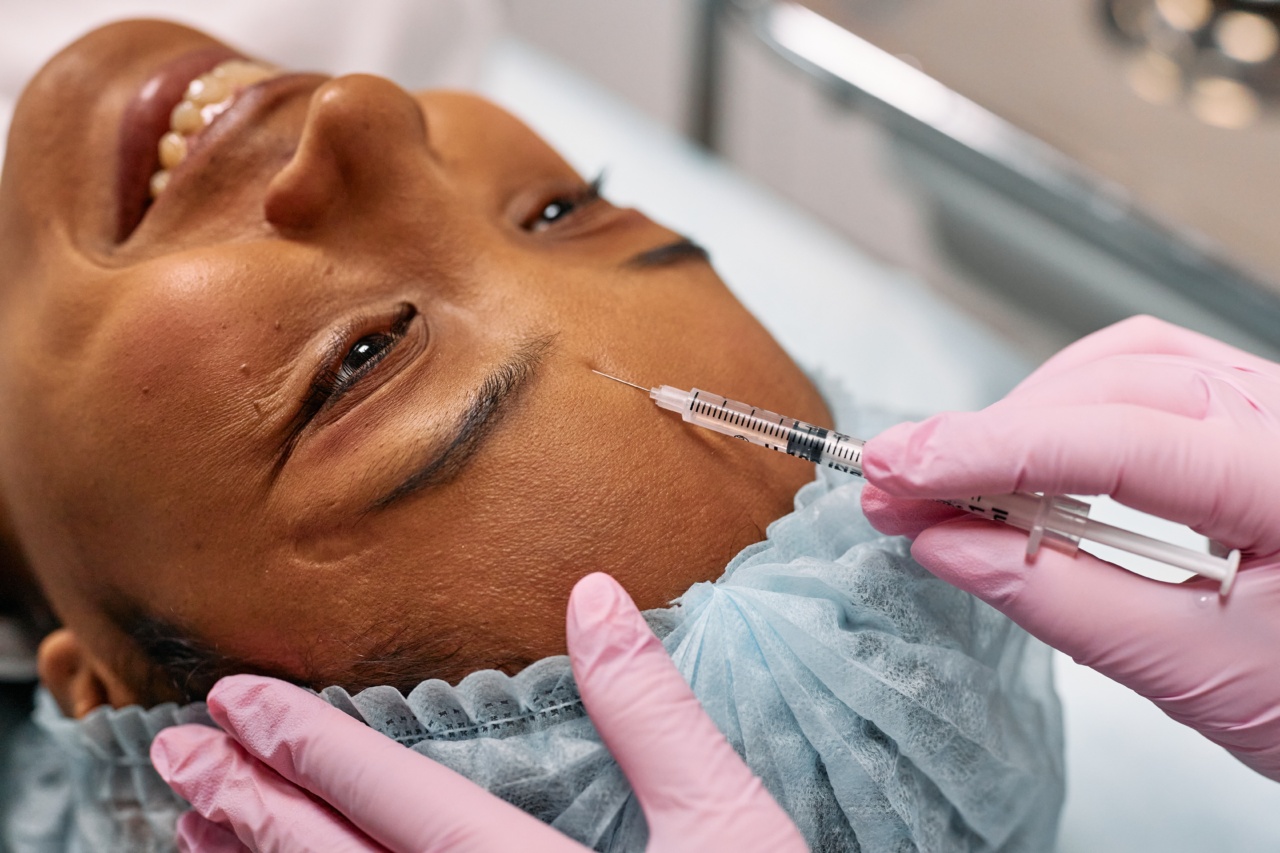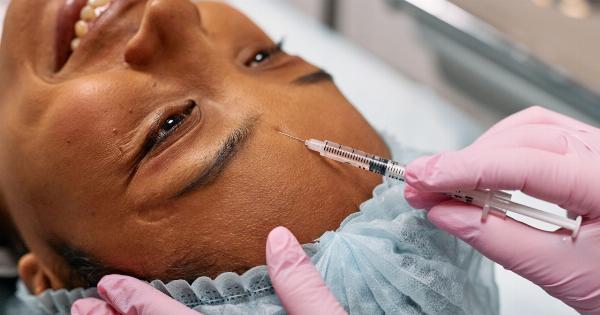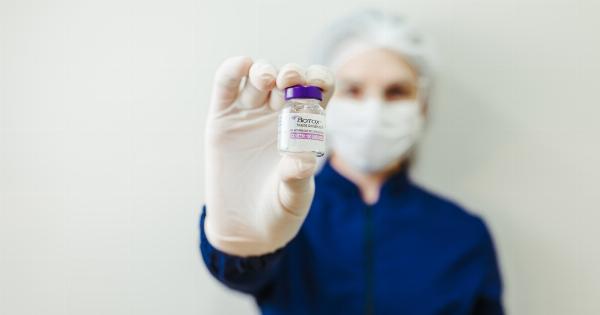Over the years, the popularity of Botox injections has soared, with millions of people turning to this cosmetic procedure to reduce wrinkles and achieve a youthful appearance.
Botox, a neurotoxin derived from Clostridium botulinum bacteria, works by temporarily paralyzing the facial muscles, smoothing out wrinkles and fine lines. However, like any medical procedure, there are limits to the safe and effective use of Botox injections. In this article, we will explore how many Botox injections are considered safe and the potential risks associated with exceeding these limits.
Understanding Botox Injections
Botox injections have become increasingly popular as a quick and minimally invasive solution for improving facial appearance.
The procedure involves injecting small amounts of botulinum toxin into specific muscles of the face to temporarily inhibit their movement. By doing so, the wrinkles and fine lines caused by muscle contractions are reduced or eliminated.
When administered correctly by a qualified professional, Botox injections yield impressive results and carry a low risk of side effects.
However, it is important to note that each individual’s response to Botox can vary, and the amount of the toxin required for optimal results may also differ from person to person.
The Safe Usage Limits of Botox
While Botox injections are generally considered safe when administered in appropriate doses, there are limits to how much toxin can be used safely in a single treatment session.
The safe usage limits can vary depending on various factors, including the individual’s age, overall health, and the area being treated.
Typically, the maximum safe dose of Botox for most individuals is around 400 units per treatment session. However, this dosage limit is not a hard and fast rule, and it is subject to variations based on individual circumstances.
It is essential to consult with a qualified medical professional who can evaluate your specific needs and determine the appropriate dosage for optimal results.
Factors Affecting Safe Dosage Limits
The safe dosage limits for Botox injections are influenced by several factors that need to be taken into account before administering the treatment. Here are the key factors that can affect the determination of safe dosage limits for individuals:.
1. Age
Age plays a crucial role in determining the safe dosage limits of Botox. Younger individuals tend to have stronger facial muscles, requiring a higher dose of the toxin to achieve the desired results.
Conversely, older individuals typically have weaker muscles, necessitating a lower dosage to avoid complications such as muscle drooping or excessive relaxation.
2. Health Condition
A person’s overall health condition can impact the safe dosage limits of Botox injections. Certain health conditions may increase the risk of adverse reactions or complications.
It is crucial to discuss any pre-existing medical conditions, such as muscle or nerve disorders, with your medical professional to ensure the safe administration of Botox.
3. Area of Treatment
The specific area being treated also affects the safe dosage limits of Botox injections. Different areas of the face have varying muscle strengths and require different amounts of the toxin for optimal results.
For example, treating the forehead may require a different dosage than treating the crow’s feet or frown lines between the eyebrows.
Potential Risks of Exceeding Safe Dosage Limits
Exceeding the safe dosage limits of Botox injections can pose several risks and potential complications. Some of the risks associated with excessive use of Botox include:.
1. Muscle Weakness
If the dosage exceeds the safe limit, it can cause muscle weakness beyond the desired effect. This can lead to unwanted drooping of facial muscles or difficulty in performing regular facial expressions.
2. Spreading of Toxin
Using excessive amounts of Botox can result in the spreading of the toxin beyond the intended area, affecting nearby muscles and causing unintended paralysis. This can lead to abnormal facial movements and expressions.
3. Nerve Damage
Administering Botox injections beyond the safe dosage can potentially damage nerves in the face, leading to numbness or loss of sensation in certain areas.
4. Allergic Reactions
While rare, allergic reactions to Botox can occur when administered in excessive amounts. Symptoms may include itching, swelling, hives, and difficulty breathing.
It is vital to be aware of any allergic tendencies and inform your medical professional before undergoing treatment.
Conclusion
Botox injections have revolutionized the cosmetic industry, offering a non-surgical solution to reduce the signs of aging.
However, it is crucial to recognize that there are safe dosage limits for Botox and exceeding these limits can lead to potential risks and complications. To ensure a safe and effective outcome, it is essential to consult with a qualified medical professional who can evaluate your individual needs and tailor the dosage accordingly.
Remember, Botox injections should only be administered by a certified and experienced healthcare professional.
By understanding the safe usage limits and potential risks, you can make informed decisions about your cosmetic treatments while prioritizing your safety and well-being.





























